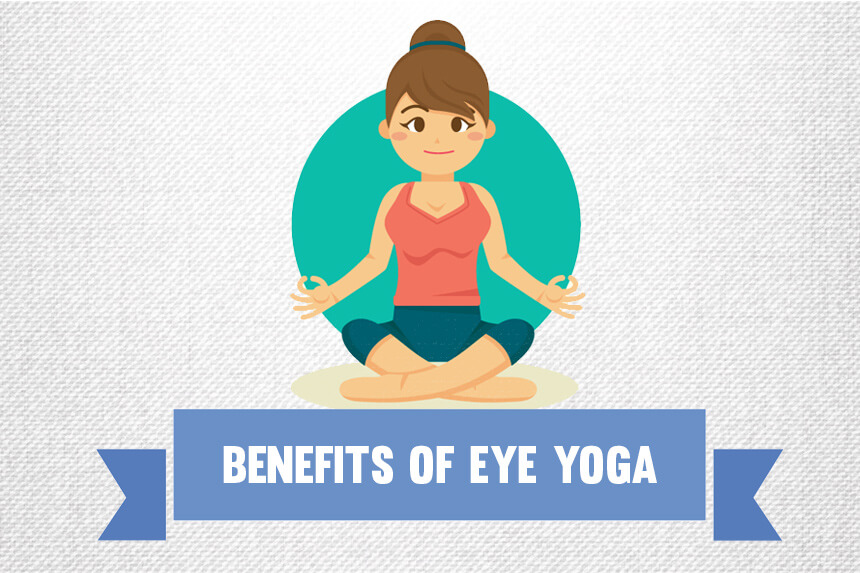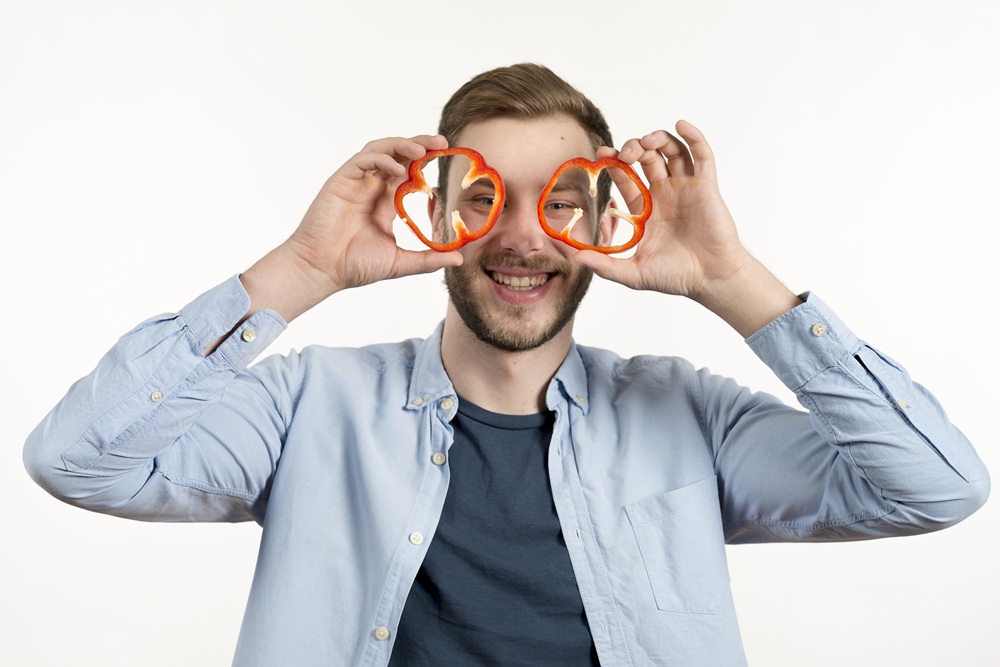
Emergency Eye Care: How to Handle the Situation
A do-it-yourself morning, a game of squash, a simple champagne cap, or cleaning agents… every day our eyes are exposed to many dangers. Although its curved shape protects the eye, it can also be the target of trauma. The front part remains exposed to aggression despite the blinking of the eyelids. A moment of inattention is enough for the eye to be injured.
What Is an Eye Emergency?
Whether it is a shock, a foreign body or a toxic product, the trauma of the eye is always to be taken seriously. A consultation at an emergency eye clinic is always necessary, since the pain is not always sufficient to assess the urgency.
Causes of an Eye Emergency
- Chemical injury to the eye: Chemicals powders, aerosol, liquids, gases or vapors can enter the eye during daily activities at work or home and if not treated can affect vision.
- A foreign object in the eye: The eye is exposed to foreign bodies at the workplace or outdoors. Sharp particles such as dust, wood or metal chips, splinters, or fragments of a tool can enter the eye and cause an eye emergency.
- Cuts and scratches: Rubbing the eye when a foreign body is present, getting poked in the eye with a pointed object results in cuts or scratches and bleeding thereafter.
- Trauma: Blood vessels in your eye may also burst due to vomiting, sneezing, or rubbing your eyes causing a dark patch. A sudden accident, sports-related eye injury can lead to bleeding under the skin which causes a black eye effect and demands immediate care to save the cornea from damage.
First Aid
Don’t panic and try to calm the person affected. While it is important to rush the person for emergency eye care immediately, a few precautionary steps before you reach out to the clinic can save from potential damage. Here are few steps you can take:
Chemical injury to the eye:
- Tilt the person’s face such that the eye is facing down and sideways. Flush it with fresh
water. - You can hold the persons face under a tap or shower, if both the eyes are affected.
- Allow the running water to rinse the affected eye for 15-20 minutes.
- If the person is wearing contact lenses which do not get flushed out, try removing them after rinsing the chemical out from the eye.
- Seek immediate medical attention.
A foreign object in the eye:
- Do not attempt to remove the object or press the eye.
- Clean your hands with water and soap.
- Bandage both eyes to prevent any kind of movement of the eyelids. If the foreign object is large, tape a clean paper cup on the eye to prevent any pressure from the bandage.
- Visit emergency eye care without any delay.
Cuts and scratches:
- In case of bleeding, wipe it with a clean and soft cloth without applying pressure.
- Apply a cold compress to control bleeding and avoid swelling.
- If bleeding continues, cover the eye with a cloth and rush to nearest eye care facility.
Trauma:
- In case of a black eye or rupturing of blood vessels in the eye, apply a cold compress to
reduce pain and further swelling or blackening of the eye. - Emergency consultation is necessary thereafter.
Although it may be a reflex, you should not under any circumstances force to open an eye, or rub your eyes with your hands. This would scratch the cornea. In the case of a foreign body, even visible, the use of tweezers to try to remove it is prohibited.
When to Contact an Eye Surgeon?
An immediate consultation with an eye surgeon is required when:
- there is a visible eye injury;
- there has been contact with a chemical product;
- the pain remains very strong even after an eye rinse;
- the vision is disturbed or in case of sensitivity to bear the light;
- there is a trauma such as a blow or shock with a small object, even in the absence of disturbing symptoms.
The watchword is caution, it is better to consult an emergency eye care specialist and find that there is no anomaly rather than missing a serious problem. If you are in Fresno, you can just search for ‘emergency eye care near me’ and contact an ophthalmologist in Fresno without much hassle.

Dr. Azhar I. Salahuddin is an ophthalmologist and is fellowship-trained in cornea, external diseases, and refractive surgery. Dr. Salahuddin has been performing cataract surgery for over 19 years and specializes ocular reconstruction, corneal transplantation surgery as well as vision correction through a variety of intraocular lenses. Dr. Salahuddin is board-certified by the American Board of Ophthalmology and was trained at Boston University.









